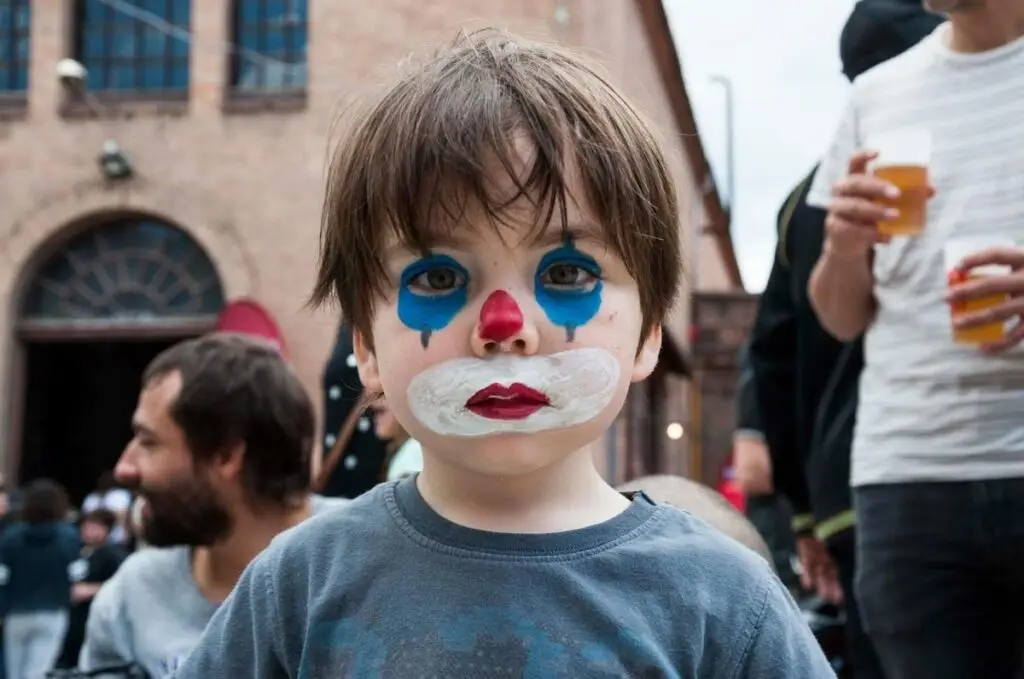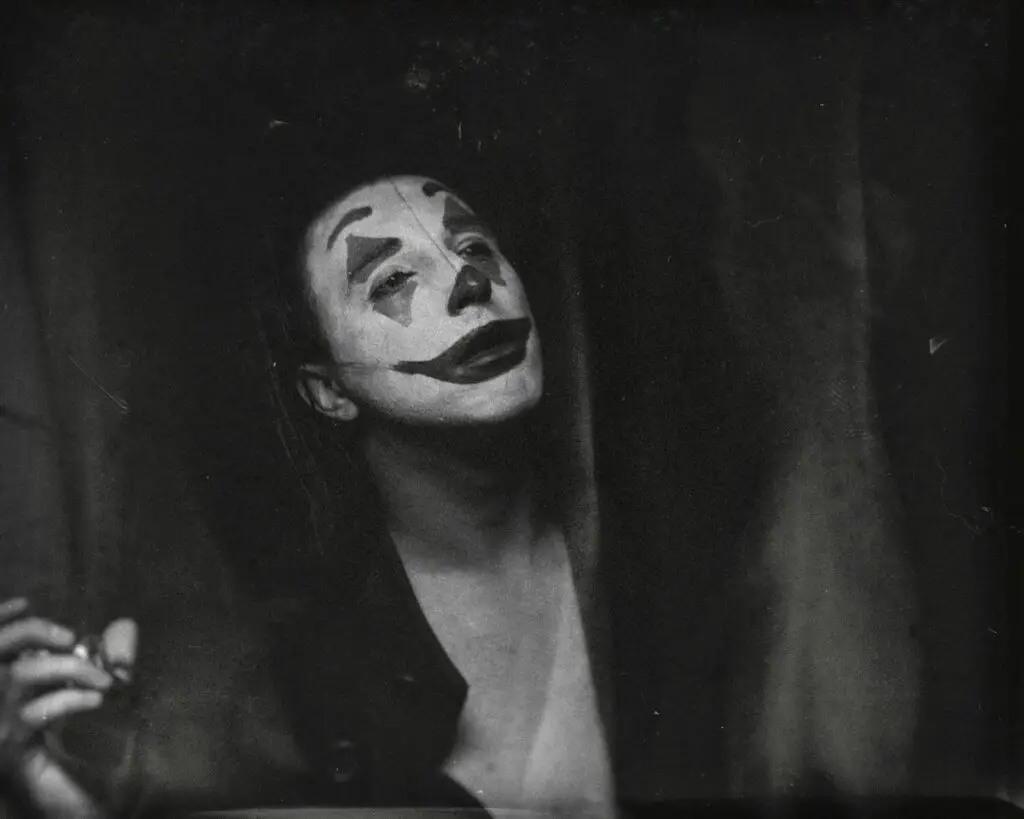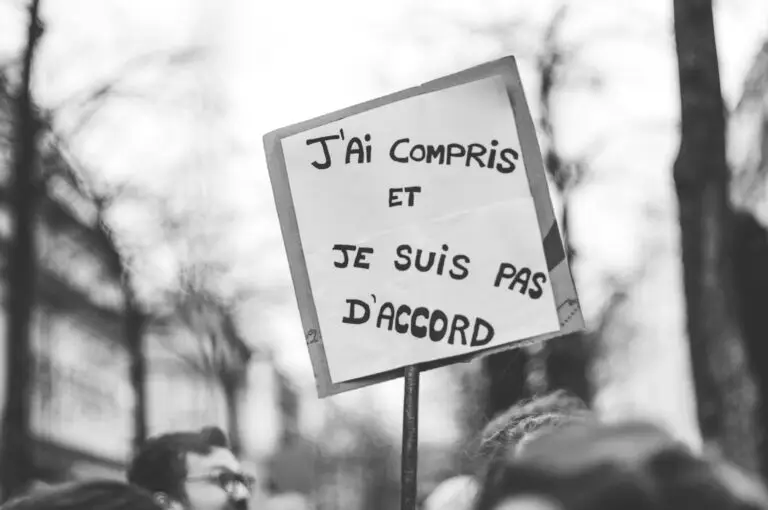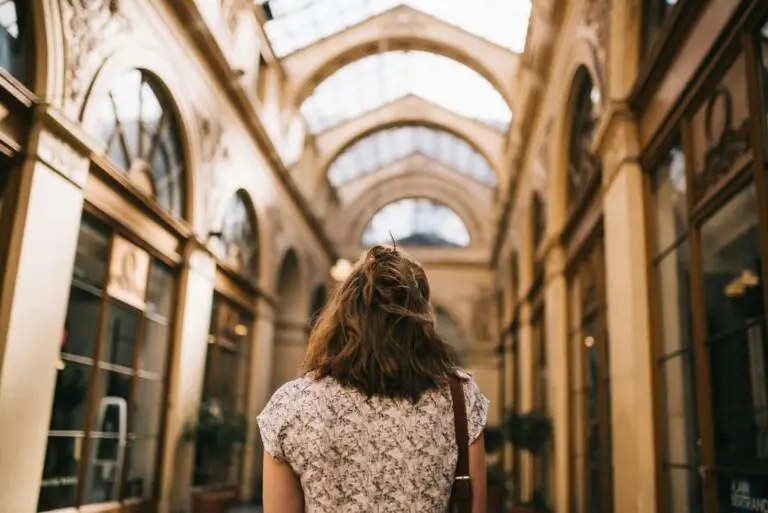When you think of French culture, certain images come to mind: the Eiffel Tower, fresh baguettes, and, of course, the timeless figure of a mime: the white face paint, bowler hat, and black and white striped shirt (like in cartoons!) Mimes are more than just entertainers on the streets of Paris—they are a cornerstone of French cultural history.
But how did France become the heart of the silent art of mime? Let’s take a journey through time to uncover the story.
The Theatrical Roots of Mime
The story of mime in France begins with commedia dell’arte, an Italian theatrical tradition that swept through Europe during the 16th and 17th centuries. This form of theater relied heavily on physical comedy, exaggerated gestures, and archetypal characters. French performers adopted and adapted these techniques, weaving them into their own theatrical fabric.
During the 18th and 19th centuries, mime evolved into a distinct art form in France, often featured in pantomime performances. These productions combined silent storytelling with music and dance, captivating audiences who marveled at the performers’ ability to communicate without words.
The Rise of Pierrot and Jean-Gaspard Deburau
One name that stands out in the history of French mime is Jean-Gaspard Deburau (1796–1846). This Bohemian-French performer transformed mime from simple entertainment into high art.
At Paris’s famed Théâtre des Funambules, Deburau popularized the character Pierrot, a sad and silent clown who expressed deep emotions through subtle movements and poignant gestures. Pierrot’s melancholic charm became a symbol of the human condition, capturing the hearts of 19th-century audiences.
Deburau’s performances helped elevate mime’s status in French culture, establishing it as an art form worthy of admiration and respect.
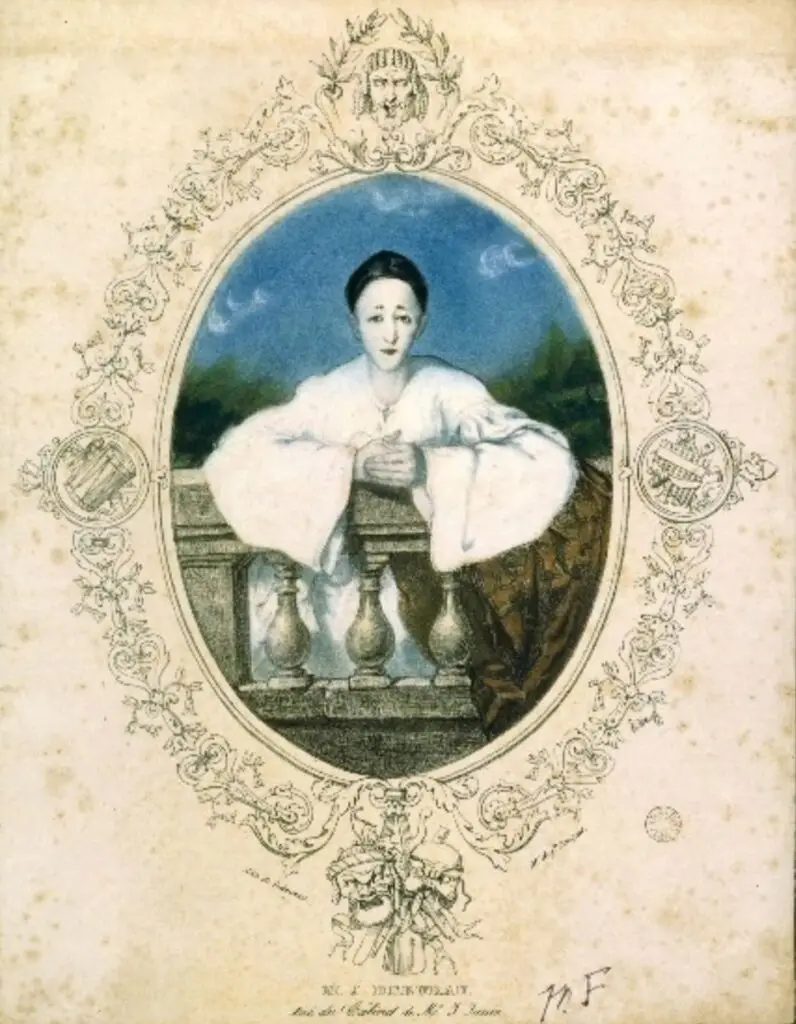
Marcel Marceau and the Modern Mime Revolution
Fast-forward to the 20th century, and we meet Marcel Marceau (1923–2007), the man who brought mime into the modern age. With his iconic character Bip the Clown, Marceau turned mime into a global phenomenon.
Bip, with his striped shirt, flower-topped hat, and expressive face, became a beloved figure who communicated universal human experiences—love, loss, joy, and despair—all without uttering a single word.
Marceau’s influence extended far beyond France. He toured internationally, demonstrating the power of silence and movement to transcend language barriers. His innovative techniques and profound storytelling cemented his legacy as the world’s most famous mime, and he ensured that mime remained a treasured part of French culture by founding the École Internationale de Mimodrame de Paris.
Take a look at this clip of Marcel in action for yourself:
The Art of Mime in Everyday French Culture
In France, mime is not confined to theaters. You can sometimes find performers who carry on the tradition on the streets of Paris, particularly in the artistic district of Montmartre. (More suggestions on where to find them below.)
Mime has also influenced French cinema, where the emphasis on visual storytelling finds its roots in the art form. Classic French films often use mime-like techniques to convey emotion and meaning, proving that the legacy of mime extends far beyond the stage.
Why Mime Matters
What makes mime so quintessentially French? Perhaps it’s the emphasis on subtlety and nuance, hallmarks of French art and culture. Or maybe it’s the universality of mime’s appeal: the ability to communicate complex emotions without words speaks to something deeply human.
Mime in France blends tradition and innovation. From the roots of commedia dell’arte to the groundbreaking work of Marceau, mime’s evolution mirrors the country’s artistic journey.
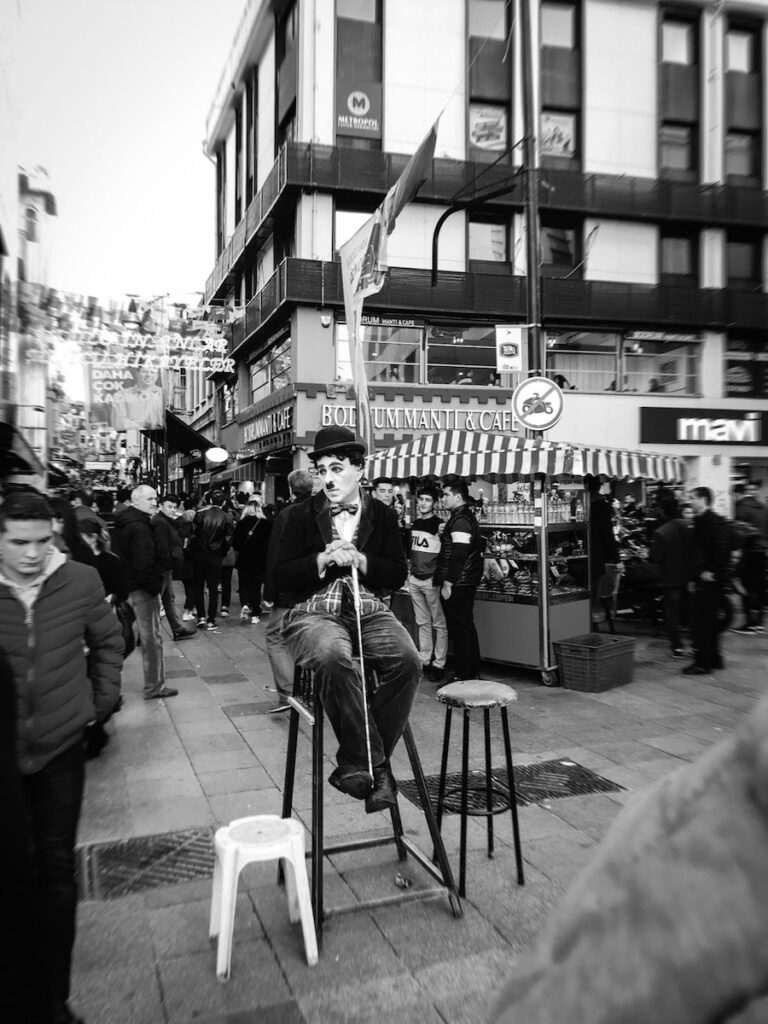
Keeping the Art of Mime Alive
Today, mime is taught in performing arts schools across France and celebrated in festivals worldwide. It continues to captivate audiences with its timeless charm and universal language. Whether you’re watching a street performance in Paris or a stage production inspired by Marceau’s legacy, mime remains a vital part of French culture.
France is also home to several prestigious institutions that ensure mime’s legacy thrives by training new generations of performers:
- École Internationale de Mimodrame de Paris Marcel Marceau: Founded by the legendary Marcel Marceau, this school is a cornerstone of mime education, attracting students from around the world to master the art of silent storytelling.
- L’École Internationale de Théâtre Jacques Lecoq: Known for its emphasis on physical theater and improvisation, this school has shaped many influential performers globally.
Address: 57 Rue du Faubourg-Saint-Denis, 75010 Paris. - L’Atelier de Belleville: Combining traditional and modern techniques, this school nurtures the next generation of mime artists.
Address: 23 Rue Boyer, 75020 Paris. - École Nationale Supérieure des Arts du Cirque (ENSAC): While primarily a circus school, ENSAC incorporates mime into its curriculum, offering a broad foundation in physical performance art.
Address: Châlons-en-Champagne, France.
Paris Today: Where Have the Mimes Gone?
Ask visitors and locals in Paris today about mime, and the answers vary. While the art form hasn’t disappeared entirely, it has retreated from the bustling streets to niche corners of the city.
On occasion, you might catch a performance near Sacre-Cœur, the Pont Saint-Louis, or during events like Le Festival du Merveilleux at the Musée des Arts Forains. But it’s true that the experience of seeing a mime in Paris has become rarer in recent years.
Schools like L’Atelier de Belleville and performances at venues such as Théâtre du Châtelet keep the tradition alive. For those with a keen eye and the patience to seek it out, Paris still offers glimpses of mime’s quiet magic.
Why Mime Endures (Even Quietly)
The decline of mime as a common sight in Paris reflects the challenges of sustaining an art form that thrives on simplicity in an increasingly complex world. Mime has no dialogue, no props—just the artist and their ability to captivate.
Mime may never be a path to wealth or fame, but it remains one of the most noble and beautiful art forms. Its endurance relies on the passion of individuals who refuse to let it fade away.
Marcel Marceau once likened mime’s expressive power to Picasso’s creation of Cubism, a testament to its potential for profound artistic innovation. Perhaps it’s fitting that mime remains elusive, a quiet nod to its essence: simplicity and subtlety in a noisy world.
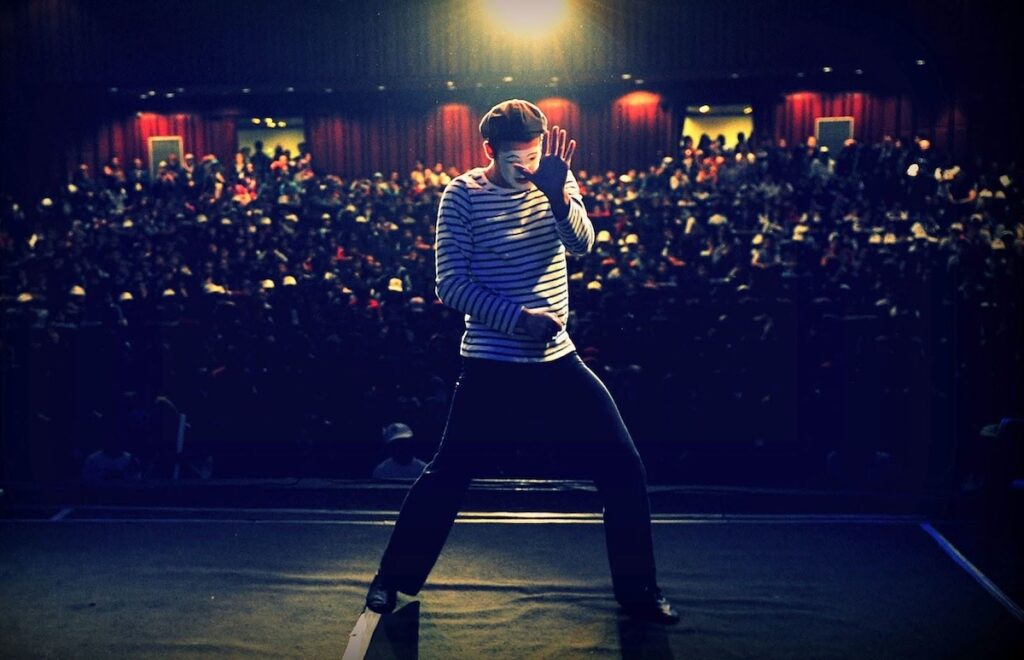
Where to Find Mime in Paris
If you’re keen to experience mime in the City of Light, here are some places and events to explore:
- Pompidou Centre: A cultural hub where you can sometimes find street performers showcasing their craft, though less frequently than in decades past.
Address: Place Georges-Pompidou, 75004 Paris. - Montmartre and Sacré-Cœur: The artistic heart of Paris, where traditional street artists and mimes captivate visitors.
Address: 35 Rue du Chevalier de la Barre, 75018 Paris. - Pont Saint-Louis: A quiet bridge near Notre-Dame Cathedral, where street performers, including mimes, occasionally gather. They can often be seen on in the back gardens of Notre-Dame Cathedral.
Address: Pont Saint-Louis, 75004 Paris. - Le Festival du Merveilleux: Held annually at the Musée des Arts Forains, this festival celebrates theatrical arts, including mime.
Address: 53 Avenue des Terroirs de France, 75012 Paris. - L’Atelier de Belleville: A training ground for the next generation of mime artists. This school helps keep the art of mime alive and thriving.
Address: 23 Rue Boyer, 75020 Paris.
Are Mimes All Men?
Although historically male performers dominated the world of mime, the art form has always been open to all genders, and women have made significant contributions over the years. In the past, societal restrictions often limited women’s participation in theater, but modern times have seen a shift. Female mime artists are now widely recognized and celebrated for their talents.
Prominent female performers have challenged traditional norms, bringing fresh perspectives to mime and expanding its boundaries. Schools such as the École Internationale de Mimodrame de Paris welcome students of all genders, fostering inclusivity in the art form.
Women have also played an essential role in exploring new themes and techniques within mime, proving that the art form’s appeal and power transcend gender. Today, you’ll find both men and women performing as mimes on the streets of Paris and stages around the world, keeping the tradition alive and thriving.
The Future of Mime in Paris
Will Paris once again see the rise of a mime artist as influential as Marcel Marceau? Only time will tell. Until then, mime will continue to hold a special place in the hearts of those who understand its quiet power. As Marceau himself once said, “Mime is the gesture of silence, and silence is an art.”
So, the next time you wander the streets around Paris or Versailles, keep your eyes open. Somewhere, amidst the city’s timeless beauty, you just might catch a glimpse of mime’s enduring soul.
